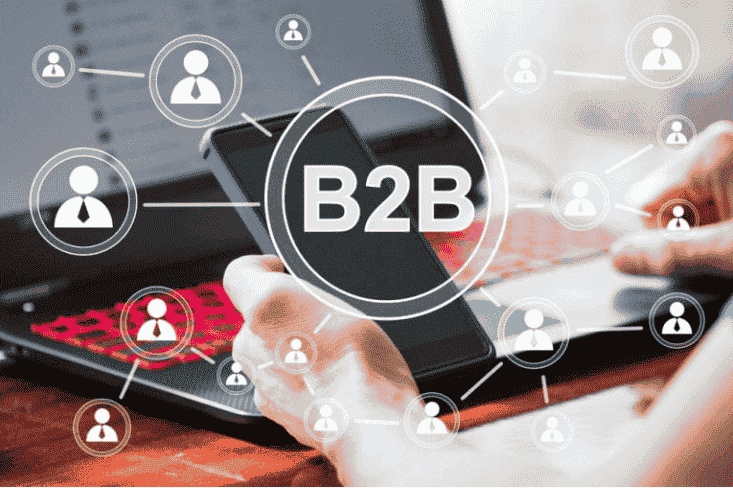
Businesses in the B2B eCommerce sector are trying to predict what the market will look like in 2023 as the world adapts to the difficulties and modifications brought on by the COVID-19 pandemic.
Here are some trends and predictions for 2023 B2B eCommerce in retail.
Personalization is key to B2B brand success
Personalization is essential in B2B eCommerce since it helps businesses strengthen client relationships and enhance conversions. By creating a personalized purchasing experience, businesses may make clients feel valued and comprehended, which can result in greater customer loyalty and repeat business.
In 2023, consumers will continue to demand a smooth and personalized purchasing experience. To meet this demand, businesses will need to prioritize personalized product suggestions, focused marketing campaigns, and a quicker checkout procedure.
Rising Power Of Omnichannel Sales
After years of digital expansion, offline sales have finally rebounded in comparison to the previous year. In November 2022, according to NielsenIQ, there were 7% more store visits than in November 2021.
In 2023, B2B companies and retailers will use a blended, omnichannel sales strategy.
Omnichannel sales are crucial for firms seeking to expand their customer base, enhance the customer experience, and achieve results. By selling via different channels, B2B companies can expand their customer base and tap into new customer categories.
Read more: Looking for an online business you may start this 2023? Here are some ways to make money!
B2B To Get In On AI, AR Action

B2C brands have utilized artificial intelligence and VR/AR to their advantage in 2021 and 2022. Hyundai, Samsung, and Gucci have all developed virtual reality retail experiences to enhance the shopping experience. 2023 will be the year that B2B brands implement similar strategies to improve the buyer experience.
AI can be used to analyze data on historical sales, consumer behavior, and market trends in order to anticipate which items and services are most likely to be successful with certain clients. With automated data analysis, sales teams may concentrate their time and resources on the most lucrative offers.
Increased Selling Through Third-Party Marketplaces
Comparing the second quarter of 2022 to the same period in 2021, Amazon’s sales from third-party vendors increased by 13%.
In addition, the percentage of purchasers who made purchases through Amazon Business climbed dramatically. Specifically, 15% of US purchasers and 20% of UK purchasers made purchases via Amazon Business. This demonstrates the effectiveness of selling via third-party B2B marketplaces, a trend that will continue to grow in 2023.
Social media Commerce
This is due to the fact that social media enables B2B companies to communicate with their target audience and create relationships in a more direct and personal manner.
Personal interactions are especially vital in the B2B sector, where establishing trust and fostering partnerships is essential to success. In addition, by offering an integrated experience across social media and e-commerce platforms, B2B companies may spread their brand, enhance the buyer experience, and increase sales.
Final Thoughts
In 2023, it is anticipated that the B2B eCommerce business will continue to evolve, with a focus on third-party marketplaces, omnichannel sales, personalization, and social media commerce. Third-party marketplaces, such as Amazon Business, allow B2B firms to reach a larger audience and improve their product curation.
Omnichannel sales enable companies to access new client segments and give a uniform buying experience across all channels.
Personification helps businesses develop closer relationships with their customers and enhance conversions, whilst social media commerce enables firms to contact their target audience where they spend the most time.
Read more: JP Morgan is back to business despite $700 million loss on an $8.5 billion debt

